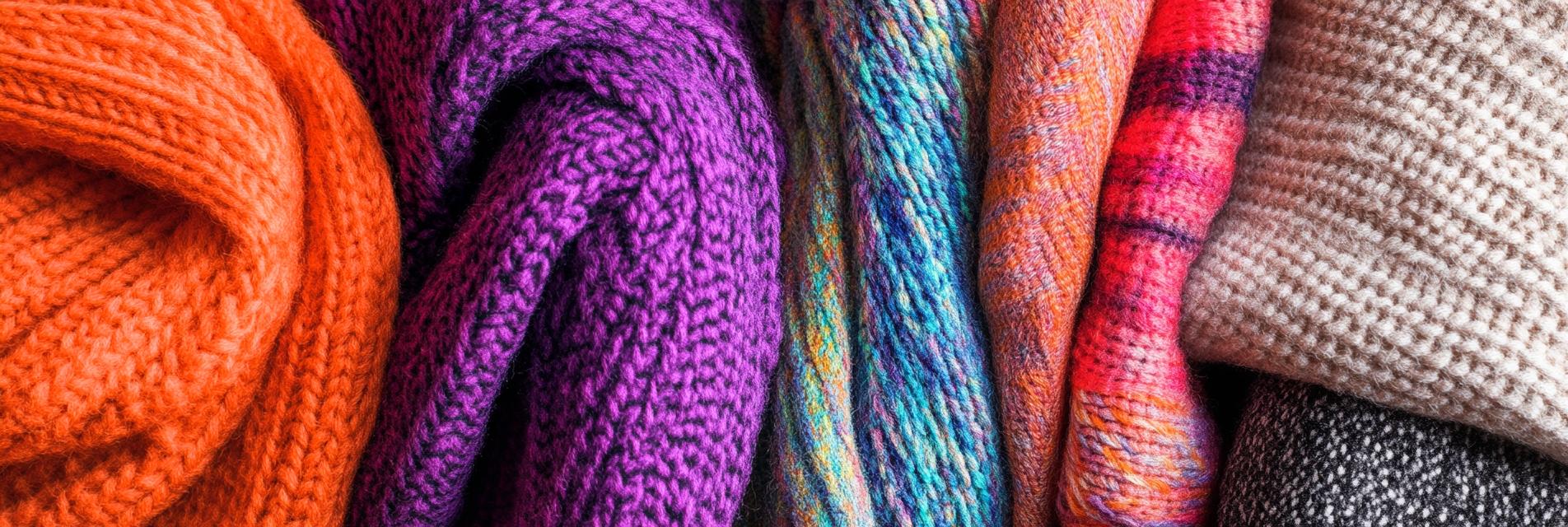As a decision-maker in the textile industry, understanding the difference between woven fabrics and knitted materials is essential. Each type has unique characteristics that influence their suitability for various applications. In this article, I will explore these differences to aid in your future material selection.
Woven fabrics are created by interlacing two sets of yarn at right angles. This method produces a strong and durable material. Woven fabrics are commonly used in products such as dress shirts, pants, and home furnishings due to their structured nature.

Unlike woven fabrics, knitted materials are made by looping yarn together, which gives them a stretchable quality. This flexibility makes them suitable for casual wear and activewear, like t-shirts, sweaters, and athletic gear. Their inherent elasticity provides comfort and ease of movement.
Woven fabrics are less prone to fraying and can hold a shape well, making them ideal for tailored garments. On the other hand, knitted materials are breathable and more comfortable, making them perfect for sports and leisurewear. Understanding these advantages helps in selecting the right material for specific products.
In conclusion, both woven fabrics and knitted materials have distinct features that serve different purposes in the textile industry. By assessing the requirements of your projects, you can make informed decisions that enhance your product offerings and appeal to your target market. Knowing these differences ultimately supports effective marketing and sales strategies in a competitive environment.
